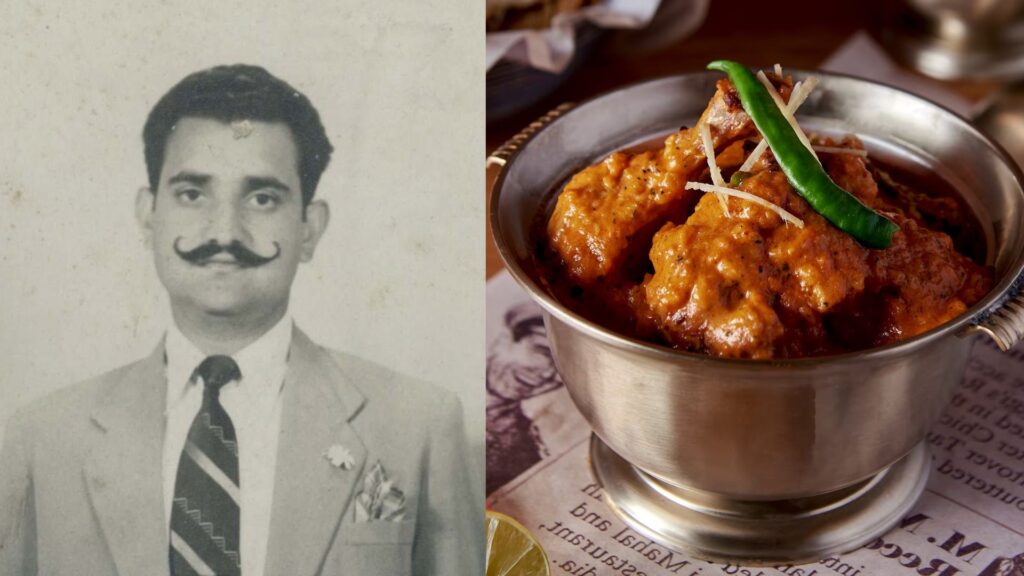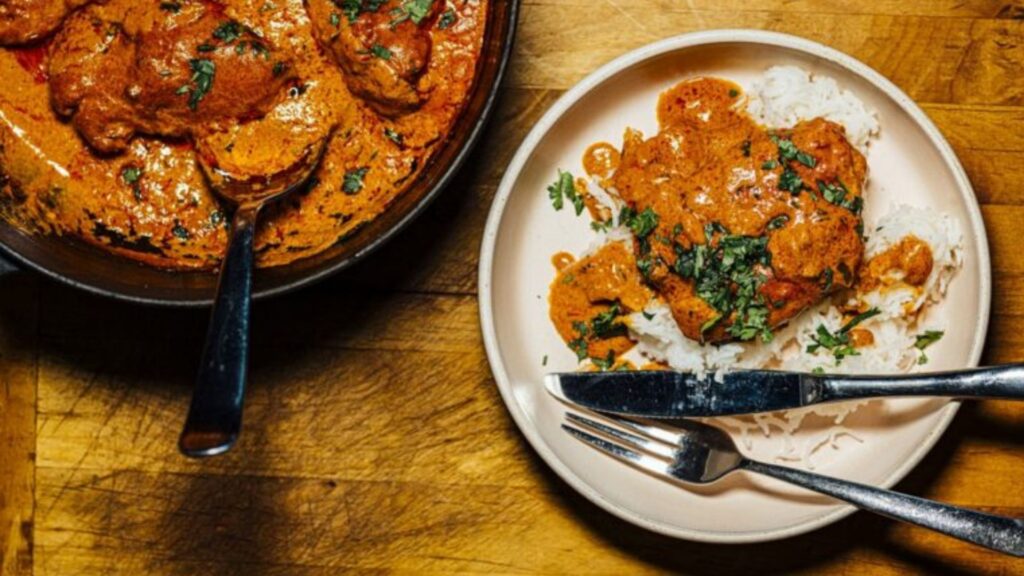In the realm of culinary heritage, few disputes rival the ongoing legal saga between Moti Mahal and Daryaganj over the ownership of the beloved Indian dish, butter chicken. This contentious battle, which has spanned decades, revolves around the question of who holds the rightful claim to the iconic recipe. As the courtroom drama unfolds, it offers a glimpse into the complexities of intellectual property in the world of gastronomy.
Origin Of Butter Chicken
At the heart of the conflict lies the origin story of butter chicken, a dish that has become synonymous with the rich tapestry of Indian cuisine. Founded in 1920 by Kundan Lal Gujral, Moti Mahal in Delhi’s Daryaganj area is often credited as the birthplace of butter chicken.

Legend has it that Gujral, in a stroke of culinary brilliance, created the recipe by combining leftover tandoori chicken with a luscious tomato-based gravy, cream, and spices. This accidental masterpiece quickly gained popularity and became a signature dish at Moti Mahal, earning it a revered place in the annals of Indian gastronomy.
The Legal Battle
The narrative took a dramatic turn when one of Moti Mahal’s former chefs, Kundan Jaggi, departed to establish his restaurant, Daryaganj, in the early 1970s.

Jaggi laid claim to the invention of butter chicken during his tenure at Moti Mahal, asserting that the recipe was his brainchild. This assertion ignited a fierce legal battle between Moti Mahal and Daryaganj, with both sides fiercely contesting ownership of the iconic dish.
The legal proceedings have been characterized by a plethora of arguments, evidence, and counterclaims presented in court. Moti Mahal has relied on historical records, testimonials, and its founder’s legacy to bolster its case as the true progenitor of butter chicken. Conversely, Daryaganj has marshaled witness accounts and documentation in support of Kundan Jaggi’s purported role in the dish’s creation, challenging Moti Mahal’s monopoly over its origins.
Cultural Significance And Commercial Value
As the case unfolds, it raises pertinent questions about the nature of culinary innovation and the protection of intellectual property in the food industry. While recipes themselves cannot be copyrighted, the unique formulation and branding of a dish can be subject to legal scrutiny. In the case of butter chicken, the dispute transcends mere ownership of a recipe; it embodies the cultural significance and commercial value attached to a culinary legacy.
Final Thoughts
As stakeholders await the resolution of the Moti Mahal vs. Daryaganj legal battle, the case serves as a cautionary tale for chefs, restaurateurs, and food enthusiasts alike. It highlights the importance of safeguarding culinary traditions, acknowledging culinary pioneers, and navigating the complexities of intellectual property in the ever-evolving landscape of gastronomy. Ultimately, beyond the confines of the courtroom, the true victor may be the enduring legacy of butter chicken itself, a dish that continues to unite hearts and palates across the globe.

Amidst the legal wrangling, butter chicken continues to enjoy widespread popularity, captivating palates both in India and abroad. The dish’s universal appeal serves as a poignant reminder of the shared cultural heritage that binds communities through the joy of food. Regardless of the outcome of the courtroom proceedings, butter chicken’s legacy as an emblematic symbol of Indian cuisine remains indelible.







